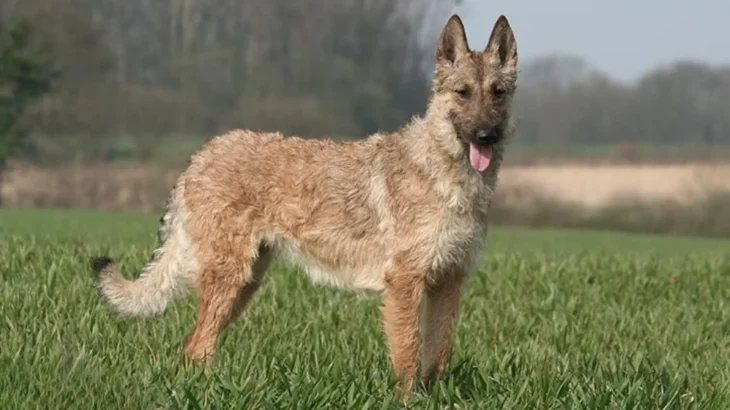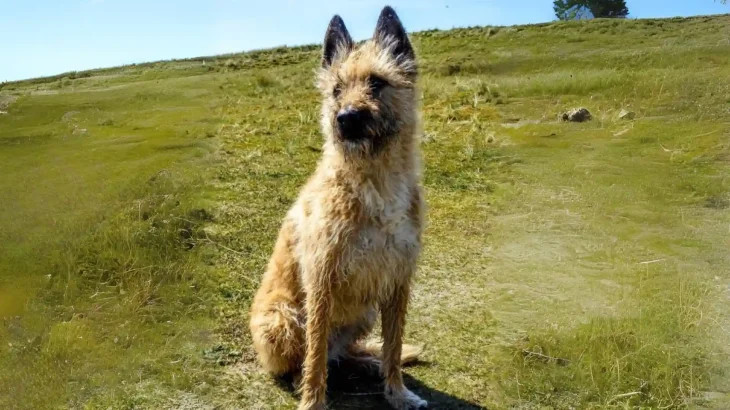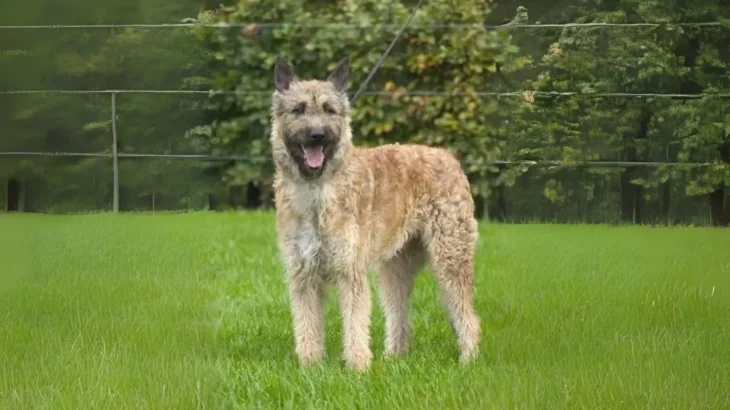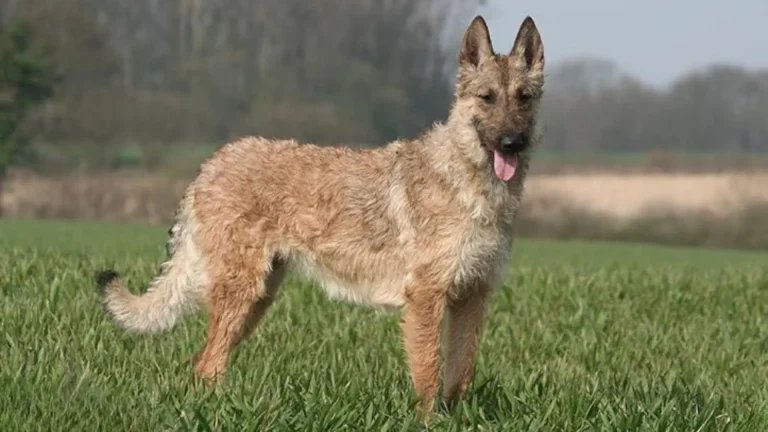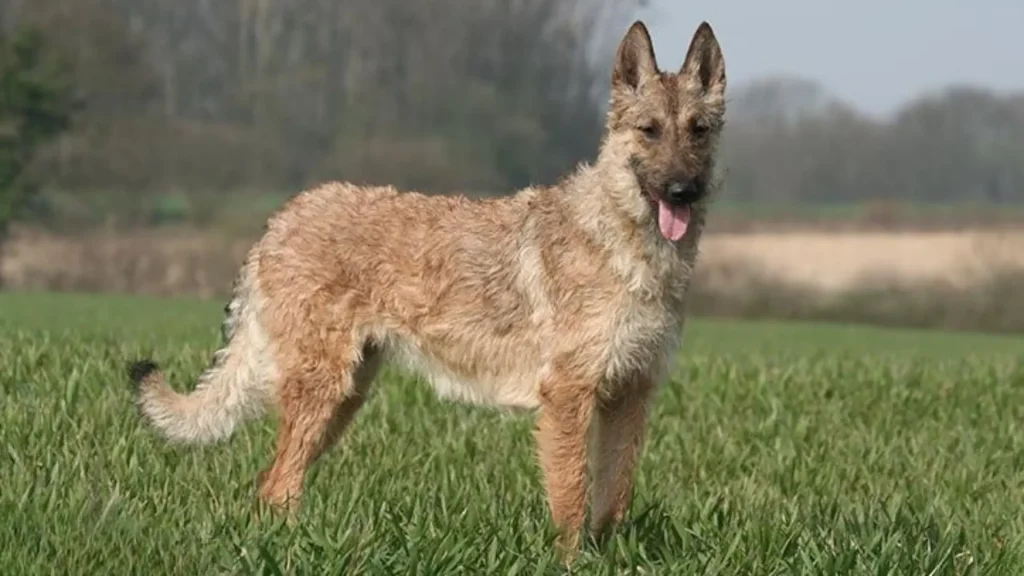Deciding whether to adopt or buy a Belgian Shepherd Laekenois puppy involves weighing the benefits of each option carefully. Buying from a breeder often ensures detailed health and pedigree information, while adopting offers the chance to give a home to a dog in need, sometimes without full background knowledge. Your choice affects cost, health insights, and ethical considerations unique to this breed.
| Criteria | Buying from Breeder | Adopting from Shelter/Rescue |
|---|---|---|
| Cost | Typically higher, reflecting pedigree and breeder care. | Generally lower fees, may include medical care and vaccinations. |
| Health History | Comprehensive screening and health records usually available. | Health background may be incomplete, but basic checks are done. |
| Age Availability | Usually puppies, enabling early bonding and training. | Varied ages, including adults, offering diverse adoption choices. |
| Temperament Insight | Breeders provide lineage temperament traits and early socialization facts. | Shelter staff provide behavioral observations; full history may be limited. |
| Ethical Considerations | Supports responsible breeding when choosing ethical breeders; risk of supporting poor breeding if not careful. | Supports animal welfare by giving homes to dogs in need; avoids boosting breeding demand. |
| Breed Purity & Pedigree | Documented, ensuring purebred lineage and eligibility for breed-specific activities. | Often mixed or unknown lineage, less certainty about breed purity. |

